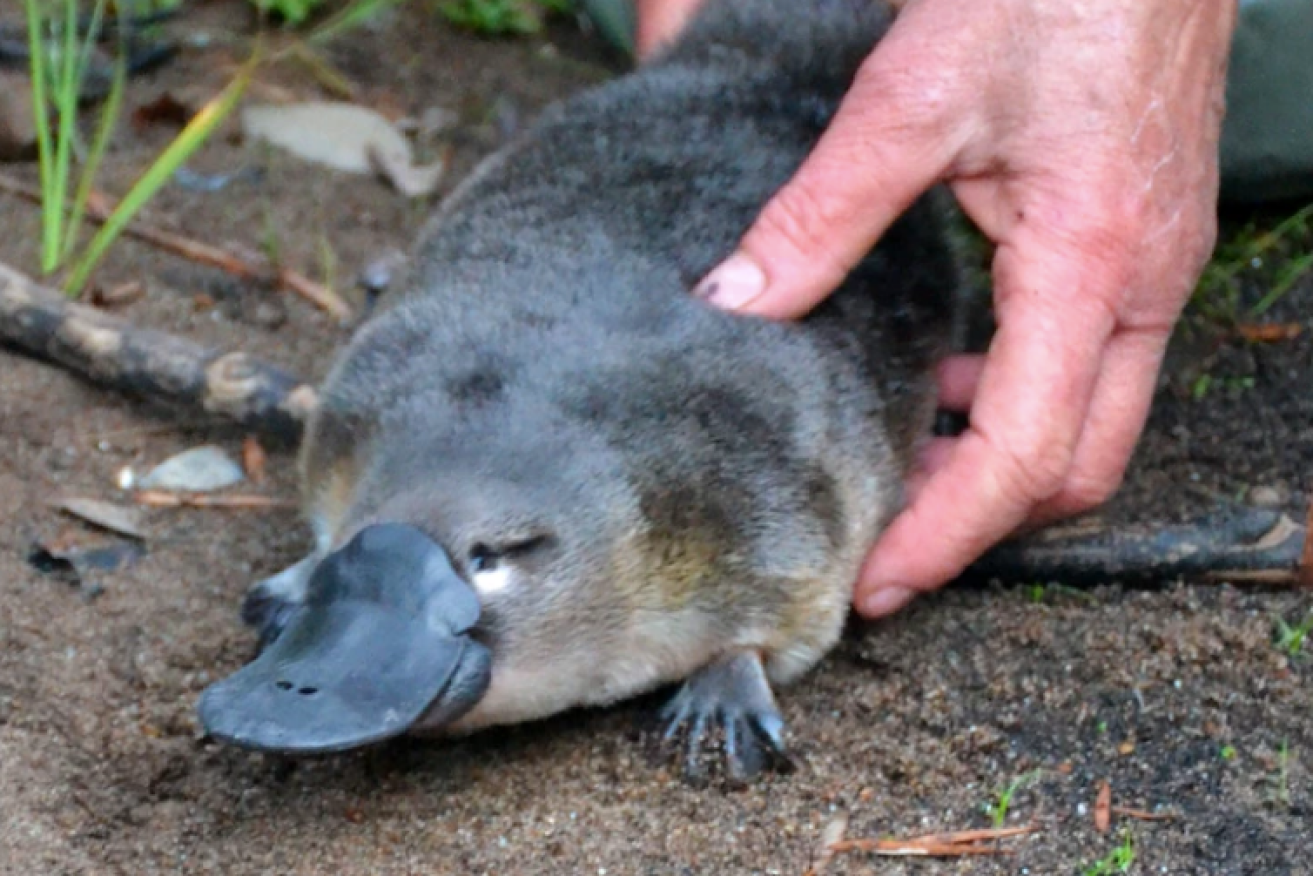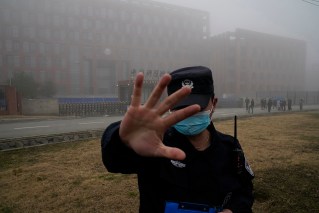Pleasant surprise for platypus researchers after Black Summer bushfires

Australian Platypus Conservancy researchers used live trapping to gauge the size of the population on the Buffalo River. Photo: Geoff Williams
Platypus populations in north-east Victoria are much stronger than expected after last year’s bushfires, much to the relief of researchers.
Australian Platypus Conservancy researchers set nets in four locations along the Buffalo River and found 12 platypuses along the upper Buffalo River near Myrtleford.
Biologist Geoff Williams said the animals probably survived because they were normally in the water or in their burrows underground.
“The good news was that we found many more platypuses than we expected,” he said.
“The population did seem to have survived OK through the fires.”
Dr Williams said half the animals researchers found were juveniles, indicating successful breeding this summer.
“We don’t know how that compares with the pre-fire numbers because unfortunately we didn’t have any survey work prior to the fires to give us a number,” he said.
“All the indications are it’s a healthy population and the fact that so many juveniles have been produced this breeding season means if there was any shortfall we would be very confident the numbers will be made up very quickly by this year’s juvenile cohort.”
But the rain that followed the blazes washed ash and sediment into the river, affecting fish populations.

The Black Summer bushfires killed or displaced an estimated three billion animals. Photo: AAP
Macquarie perch recovery
One species that did not fare so well was the critically endangered Macquarie perch.
In December, Department of Environment Land, Water and Planning (DELWP) researchers, along with the Arthur Rylah Institute of Environmental Research, undertook surveys in the upper Buffalo River to understand the effect the fires had on the population.
Biodiversity Recovery co-ordinator Glen Johnson said Macquarie perch numbers immediately after the fires were reasonably healthy, but that changed when the rain started to fall.
“It was pretty grim in a way, because it’s demonstrated that the post-fire impacts – particularly the rain and sediment – have really had a significant impact on the species,” he said.
“It’s weeks and, in fact, months later that those impacts were really having the greatest effect and so when we have the high amounts of ash and sediment the fish really just end up being in a really critical situation and can die.”
DELWP undertook emergency fish salvage operations immediately following the fires, with some being returned in June once the water quality improved.
In January 12,000 fingerlings were released into the upper Buffalo.
In May the department will translocate slightly older fish into the river from Lake Dartmouth to increase genetic diversity.

Scientists have been calling for great protection of the monotreme. Photo: AAP
Mr Johnson hoped that would result in a sufficient increase in the numbers and resilience of the species.
“We’re getting some good genetics from another healthy population, so we’re improving that genetics stock and that improves the resilience,” he said.
“It means that small relic populations, as is the case with the upper Buffalo Macquarie perch population, has probably got a little bit bigger and has a greater capacity to withstand future events.”
‘Tough little critters’
Dr Williams said the platypus numbers proved how resilient the species was.
“Platypuses are quite tough little critters,” he said.
“They’re often described as shy and sensitive but in fact we think they’re probably a lot more resilient than perhaps they’re probably given credit for.
“This is a species that has been around for millions of years in one form or another and I think they are very flexible in terms of their response to problems that they face, in terms of drought and bushfires and floods.”
Dr Williams said the results from the survey were encouraging, but it would be a mistake to draw too many conclusions.
He said previous post-fire studies had returned varying results.
“Every situation varies with a bushfire,” Dr Williams said.
“Some areas are more intensely burnt than others and if the creek in a particular river is [at a] low level than perhaps the level of ash and sludge that gets into the water is higher in intensity.”







